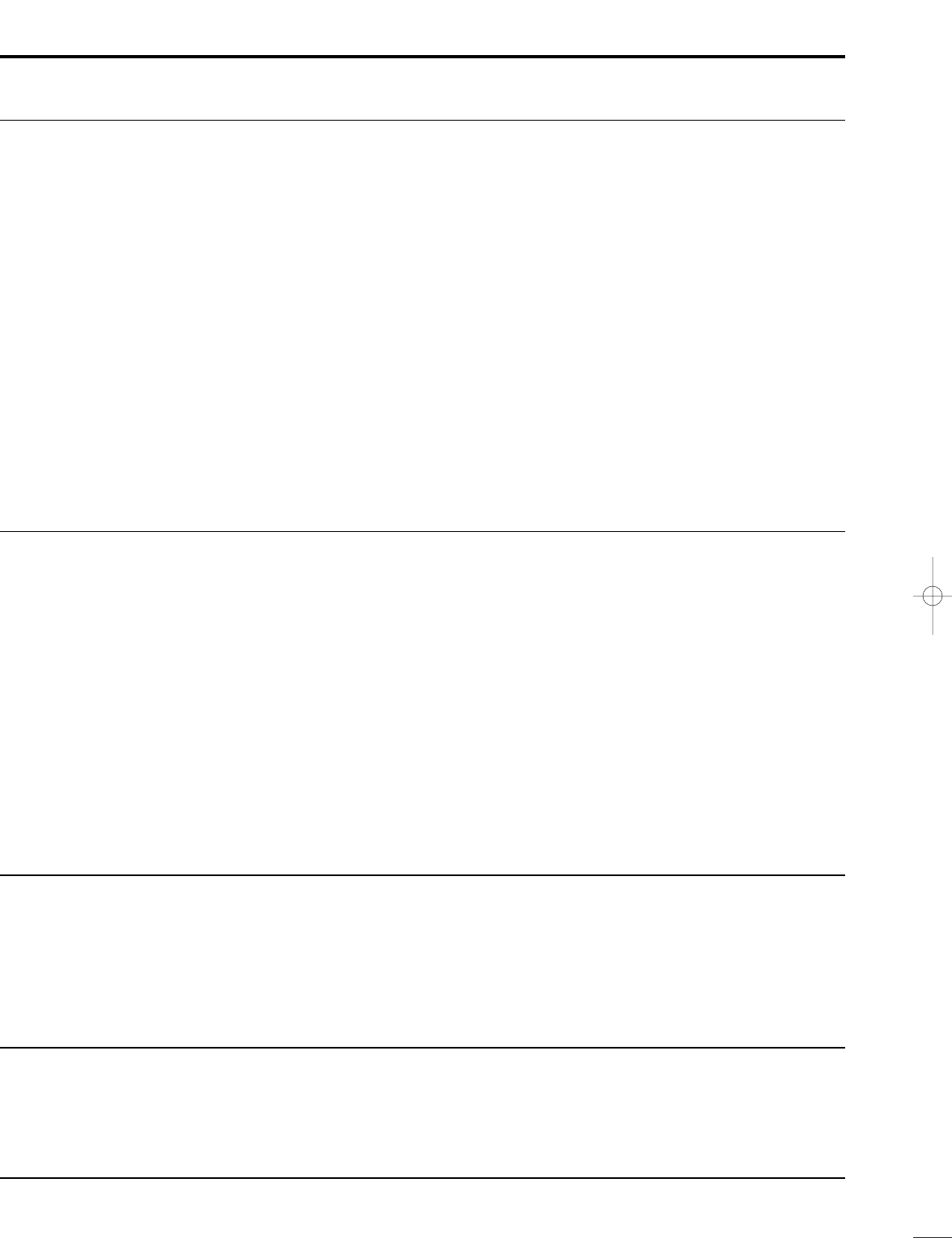
18
23
TRACTOR REQUIREMENTS
AND PREPAR ATION
The models EM/2 60 and EM/2 72 Finishing Mowers
are designed for light duty cutting such as lawn main-
tenance with a Category I, 3 pt. hitch and with a 540 rpm
PTO. These mowers are not designed for tractors over
40 horsepower. The PTO must be in good working
condition.
It is recommended that only tractors with wide front
axles be used with this cutter. Tricycle front wheel
arrangements are inherently unstable and tractor roll-
over accidents are more likely to occur.
Tractor wheel tread spacing should be increased when
working on inclines or rough ground to reduce the
possibility of tipping.
The tractor also needs lift arm stabilizer bars or sway
blocks to control side movement of the cutter.
Check the tractor’s 3 pt. hydraulic lift system. Refer to
your tractor operator’s manual or dealer for any adjust-
ments necessary to put the hydraulic system in good
working order. (I & T shop manuals will list most speci-
fications and adjustment instructions – available from
most farm equipment dealers.)
Be sure tires and rims are in good condition. Inflate
tires to the proper recommended air pressure.
Check the tractor master shield over the PTO stub
shaft. Make sure it is in good condition and fastened
securely to the tractor. Purchase a new shield if old
shield is damaged or missing. (You may have to use a
tractor salvage yard for replacement parts on older
tractors.)
Shorten or remove the tractor drawbar so it will not
interfere with the up and down movement of the mower.
It is recommended that a ROPS (Roll-Over Protection
Structure) and a seat belt be installed on all tractors.
Contact your local dealer for a ROPS for your tractor.
CAUTION!
Be sure your tractor is in good condition. Read all
the safety precautions and make sure all tractor
operators are familiar with the safety rules of
operation.
W ARNING!
When using the unit, a minimum 20% of tractor and
equipment weight must be on tractor front wheels.
Without this weight, tractor could tip up, causing
possible loss of control and possible personal injury
or death. The weight may be attained with a front
end loader, front wheel weights, ballast in tires or
front tractor weights. When attaining a minimum
20% of tractor and equipment weight on the front
wheels, you must not exceed the ROPS weight
certification. Weigh the tractor and equipment. DO
NOT GUESS OR ESTIMATE!
W ARNING!
A heavy load can cause instability in driving a
tractor. Make sure the front of the tractor is properly
counterbalanced with weights. Always drive slowly
– especially around turns. An unstable tractor could
steer badly and possibly tip over, causing injury or
death.
DANGER!
For non-agricultural applications, OSHA, ASAE SAE
and ANSI standards require the use of chain guards,
deflectors or solid skirts at all times. The mower
manufacturer strongly recommends the use of chain
guards, rubber belting or solid skirts for agricultural
applications as well, to reduce the risk of property
damage, serious bodily injury or even death from
objects thrown or from contact with the cutting
blades.
INSTRUCTIONS TROUBLESHOOTING
The operator is responsible for the safe operation of this
mower. The operator must be properly trained. Operators
should be familiar with the mower and tractor and all
safety practices before starting operation. Read the
safety rules and safety signs on pages 3-13.
Recommended mowing speed for most conditions is
from two to five mph.
Front, rear, left and right are determined by the normal
direction of travel, the same as when driving an
automobile.
PROBLEM POSSIBLE CAUSE SOLUTION
Streaking Slow blade tip speed Operate PTO at 540 RPM
Worn blade tips Replace with correct specified
blades
Dull blades Sharpen blades uniformly
Blades unable to cut that part of grass pressed Slow tractor’s ground speed but
down by tractor’s tire path or mower’s casters maintain 540 RPM PTO speed
Mowing too fast Slow down until cured
Drive belt loose Tighten per instructions on
maintenance chapter
Belt glazed/slipping Apply belt dressing or replace it with
a correct specified belt
Blade loose on spindle Tighten blade bolt securely (Note:
these are left-hand threads, tighten
to 85 ft.lb. torque)
Conditions too wet for mowing Allow grass to dry before mowing
Grass discharges Grass is too high and too coarse Slow tractor’s ground speed but
from mower unevenly maintain 540 RPM PTO speed.
or bunches along Raise the mower for the first pass and
a swath lower to the desired cutting height for
the second and cut at 90 degrees to
the first pass. Raise the rear of mower
high enough to allow the grass to
discharge, but not too high for
streaking to occur
Belt slipping Tighten belt or replace with a correct
specified belt.
Grass is wet Allow grass to dry before mowing
Slow tractor’s ground speed but
maintain 540RPM PTO speed
Cut grass at a lower height
Heavy vibration Blade speed is too fast Do not exceed 540 RPM PTO speed
Broken/bent blade Replace with correct specified blade
Worn/unbalanced blade Grind blade uniformly or replace
Bent/broken sheave Replace with correct specified part
Debris caught on blade Clean off blade
Belt slipping Belt loose Tighten or replace with correct
specified belt
Belt glazed Use belt dressing or replace it
Oil on belt Clean or replace
18 / 23 - FM001 12/6/00 3:26 PM Page 1


















